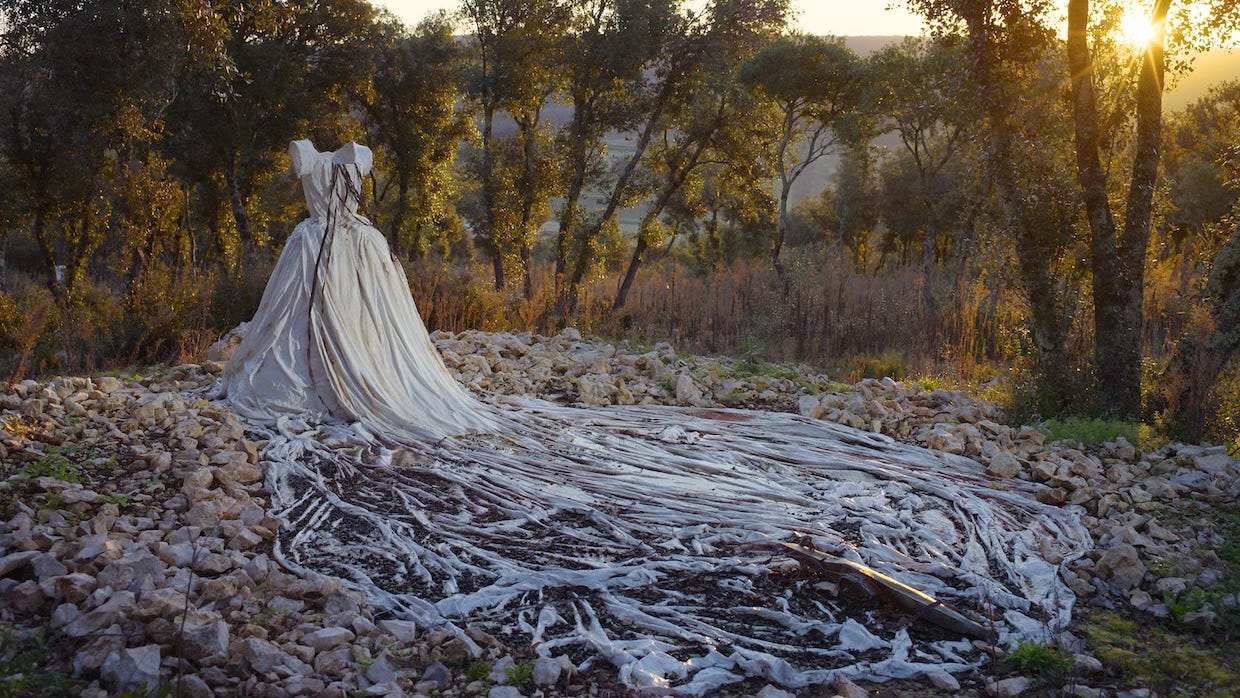Anselm: A Cinematic Journey into the Soul of an Artist
Beyond the Canvas: Exploring the World of Anselm Kiefer through Wim Wenders' Lens
I recently decided to finally watch "Anselm." I'd seen it pop up on a streaming service, a documentary about the German artist Anselm Kiefer, directed by Wim Wenders, and my curiosity was piqued. I knew Kiefer by name, but wasn't deeply familiar with his work, so I was looking forward to learning more about this prominent painter and sculptor.
The film i…



